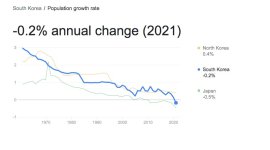I know a guy whose job it is to go around the county and test pump gas (E10) for ethanol content. (The legal maximum is 10%, but it may contain less than that.) How does he do it? Simple! He adds a measured volume of water to a measured volume of E10, shakes it up for a minute or two, and places it on a shelf. The next day, all the water and ethanol will have found one another and settled to the bottom of the flask.Many premix oils had trouble with ethanol in the early days. Didn't like staying mixed, had to shake it up. Guessing modern premix has learned how not to separate in the presence of ethanol.
Your 30 year old saw is likely to have vinyl and gasket materials which do not tolerate ethanol. Sometimes E0 is $1.00/gallon more than E10 but how many gallons do you use? Delightfully Buc-ee's is only 15 miles away and has 87AKI E0 for only $0.30/gallon more than E10.
The big problem with ethanol is that water dissolves in to solution then is carried in to the engine where both water and ethanol get to work on your carburetor guts. Water rolls off pure gasoline, you can decant the water out of the tank. There is no additive which can neutralize ethanol, most I have seen are more of exactly the same sort of thing as ethanol. They deal with the water problem by increasing the amount of water the fuel can carry... which is the problem in the first place.
Ray Charles could see the line between the two fluids, with the pure gasoline floating on top and the deadly ethanol/water mix lurking at the bottom -- as in the bottom of your fuel tank, where the fuel pickup tube is, or the bottom of your carburetor bowl, which feeds your venturis.
Ethanol and water truly love one another.


